| Selo | Rowman & Littlefield Publishing Group Inc |
|---|---|
| Edição | 0 |
| Idioma | Inglês |
| Autores | R. James Tobin |
| Acabamento | Capa Dura |
| Quantidade de Páginas | 300 |
| Origem | Literatura Estrangeira |
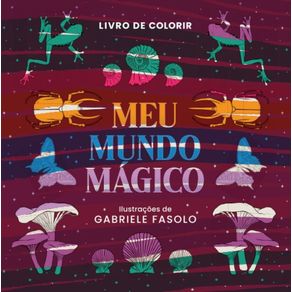 Meu mundo mágico
Meu mundo mágico
Fasolo, Gabriele
R$ 40,90 à vista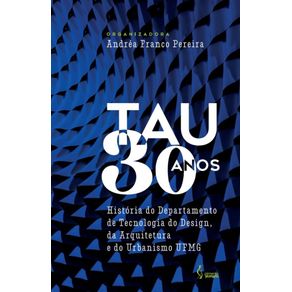 TAU 30 ANOS: História do Departamento de Tecnologia do Design, da Arquitetura e do Urbanismo UFMG
TAU 30 ANOS: História do Departamento de Tecnologia do Design, da Arquitetura e do Urbanismo UFMG
Pimenta Cultural
R$ 83,90 à vista O estrangeiro (Mangá)
O estrangeiro (Mangá)
RECORD
R$ 74,90 à vista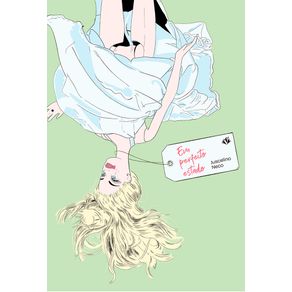 Em perfeito estado (2205)
Em perfeito estado (2205)
VENETA
R$ 49,90 à vista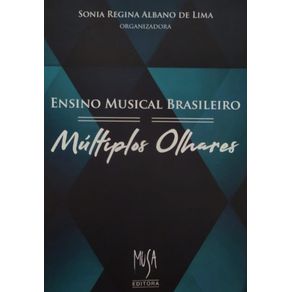 Ensino Musical brasileiro
Ensino Musical brasileiro
Musa
R$ 72,00 à vista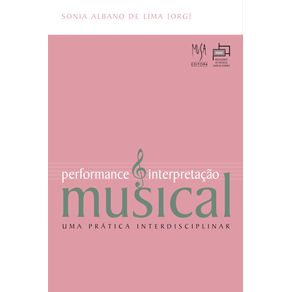 Performance & Interpretação Musical
Performance & Interpretação Musical
Musa
R$ 49,00 à vista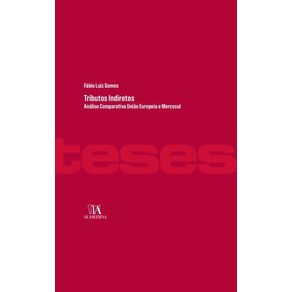 TRIBUTOS INDIRETOS
TRIBUTOS INDIRETOS
Almedina
R$ 139,00 ou até 2x sem juros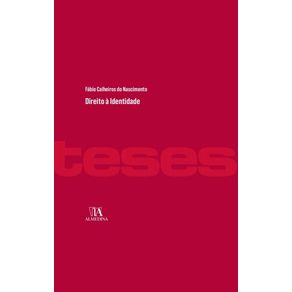 DIREITO A IDENTIDADE
DIREITO A IDENTIDADE
Almedina
R$ 139,00 ou até 2x sem juros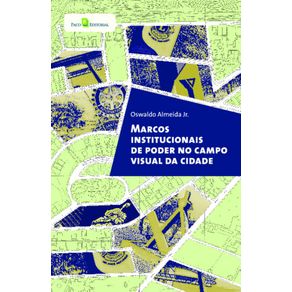 Marcos institucionais de poder no campo visual da cidade
Marcos institucionais de poder no campo visual da cidade
Paco Editorial
R$ 49,90 à vista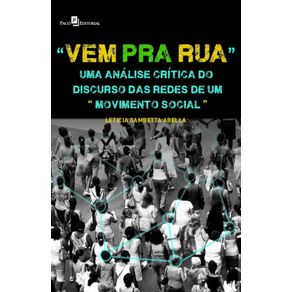 Vem pra rua: uma análise crítica do discurso das redes de um movimento social
Vem pra rua: uma análise crítica do discurso das redes de um movimento social
Paco Editorial
R$ 64,90 à vista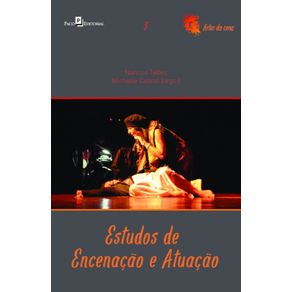 Estudos de encenação e atuação
Estudos de encenação e atuação
Paco Editorial
R$ 32,90 à vista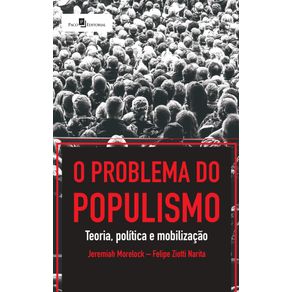 O problema do populismo: teoria, política e mobilização
O problema do populismo: teoria, política e mobilização
Paco Editorial
R$ 32,90 à vista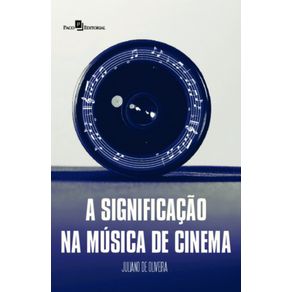 A significação na música de cinema
A significação na música de cinema
Paco Editorial
R$ 83,90 à vista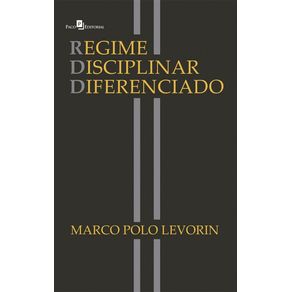 Regime disciplinar diferenciado: RDD
Regime disciplinar diferenciado: RDD
Paco Editorial
R$ 59,90 à vista Os militares e os aiatolás?: Relações Brasil-Irã (1979-1985)
Os militares e os aiatolás?: Relações Brasil-Irã (1979-1985)
Paco Editorial
R$ 74,90 à vista O estrangeiro (Mangá)
O estrangeiro (Mangá)
RECORD
R$ 74,90 à vista Em perfeito estado (2205)
Em perfeito estado (2205)
VENETA
R$ 49,90 à vista Mao Vol. 16
Mao Vol. 16
Panini
R$ 36,90 à vista Ataque dos Titãs (2 em 1) Vol. 01
Ataque dos Titãs (2 em 1) Vol. 01
Panini
R$ 49,90 à vista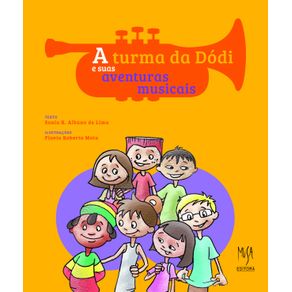 A Turma da Dodi e suas aventuras musicais
A Turma da Dodi e suas aventuras musicais
Musa
R$ 79,00 à vista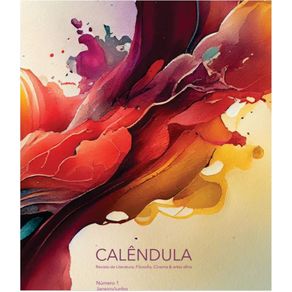 Calêndula revista de literatura, filosofia, cinema e artes afins
Calêndula revista de literatura, filosofia, cinema e artes afins
Calêndula
R$ 66,00 à vista DIREITO A IDENTIDADE
DIREITO A IDENTIDADE
Almedina
R$ 139,00 ou até 2x sem juros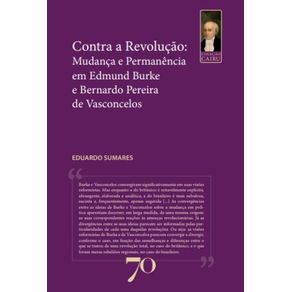 Contra a Revolução: Mudança e Permanência em Edmund Burke e Bernardo Pereira de Vasconcelos
Contra a Revolução: Mudança e Permanência em Edmund Burke e Bernardo Pereira de Vasconcelos
Edições 70
R$ 69,00 à vista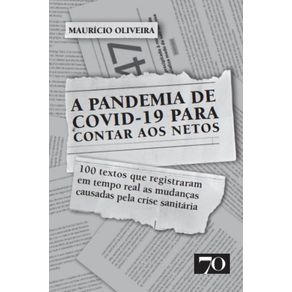 A PANDEMIA DE COVID-19 PARA CONTAR AOS NETOS
A PANDEMIA DE COVID-19 PARA CONTAR AOS NETOS
Edições 70
R$ 89,00 à vista Vem pra rua: uma análise crítica do discurso das redes de um movimento social
Vem pra rua: uma análise crítica do discurso das redes de um movimento social
Paco Editorial
R$ 64,90 à vista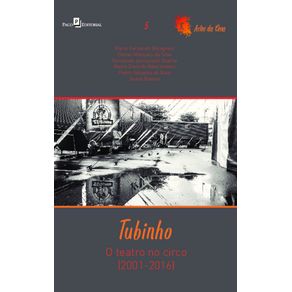 Tubinho: o teatro no circo (20012016)
Tubinho: o teatro no circo (20012016)
Paco Editorial
R$ 55,90 à vista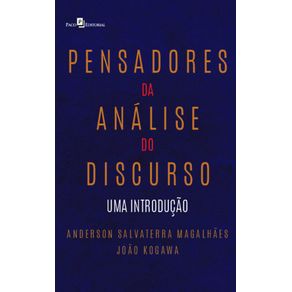 Pensadores da análise do discurso: uma introdução
Pensadores da análise do discurso: uma introdução
Paco Editorial
R$ 69,60 à vista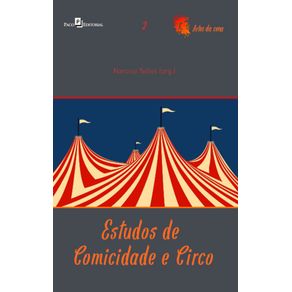 Estudos de comicidade e circo
Estudos de comicidade e circo
Paco Editorial
R$ 39,90 à vista O problema do populismo: teoria, política e mobilização
O problema do populismo: teoria, política e mobilização
Paco Editorial
R$ 32,90 à vista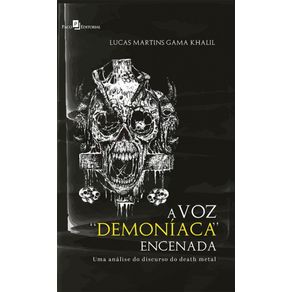 A voz demoníaca encenada: uma análise do discurso do death metal
A voz demoníaca encenada: uma análise do discurso do death metal
Paco Editorial
R$ 79,90 à vista O estrangeiro (Mangá)
O estrangeiro (Mangá)
RECORD
R$ 74,90 à vista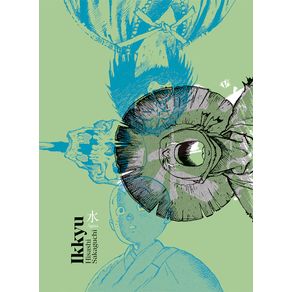 Ikkyu: Água (?) (2604)
Ikkyu: Água (?) (2604)
VENETA
R$ 139,90 ou até 2x sem juros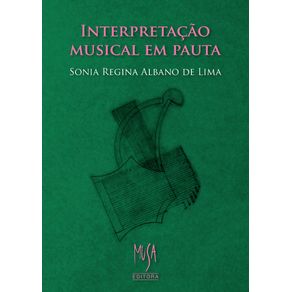 Interpretação musical em pauta
Interpretação musical em pauta
Musa
R$ 72,00 à vista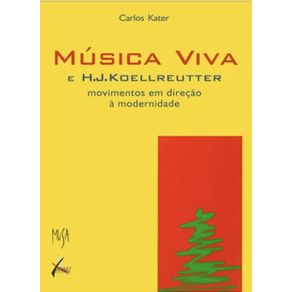 Música Viva e H. J. Koellreutter (movimento em direção à modernidade)
Música Viva e H. J. Koellreutter (movimento em direção à modernidade)
Musa
R$ 96,00 à vista Calêndula revista de literatura, filosofia, cinema e artes afins
Calêndula revista de literatura, filosofia, cinema e artes afins
Calêndula
R$ 66,00 à vista MyNews Explica - Negacionismo Científico e Suas Consequências
MyNews Explica - Negacionismo Científico e Suas Consequências
Edições 70
R$ 59,00 à vista DIREITO A IDENTIDADE
DIREITO A IDENTIDADE
Almedina
R$ 139,00 ou até 2x sem juros Contra a Revolução: Mudança e Permanência em Edmund Burke e Bernardo Pereira de Vasconcelos
Contra a Revolução: Mudança e Permanência em Edmund Burke e Bernardo Pereira de Vasconcelos
Edições 70
R$ 69,00 à vista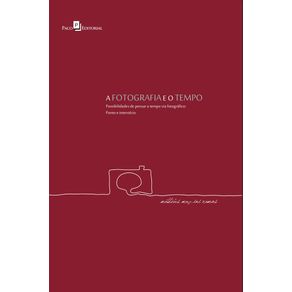 A fotografia e o tempo: Possibilidades de pensar o tempo via fotográfico: ponto e interstício
A fotografia e o tempo: Possibilidades de pensar o tempo via fotográfico: ponto e interstício
Paco Editorial
R$ 51,90 à vista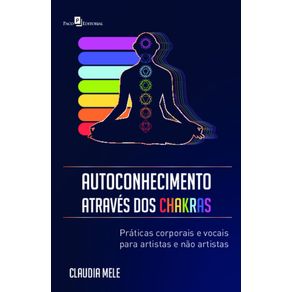 Autoconhecimento através dos Chakras: práticas corporais e vocais para artistas e não artistas
Autoconhecimento através dos Chakras: práticas corporais e vocais para artistas e não artistas
Paco Editorial
R$ 113,90 ou até 2x sem juros Vem pra rua: uma análise crítica do discurso das redes de um movimento social
Vem pra rua: uma análise crítica do discurso das redes de um movimento social
Paco Editorial
R$ 64,90 à vista Tubinho: o teatro no circo (20012016)
Tubinho: o teatro no circo (20012016)
Paco Editorial
R$ 55,90 à vista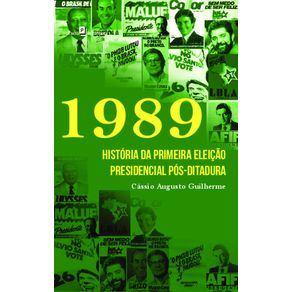 1989: História da Primeira Eleição Presidencial Pós-Ditadura
1989: História da Primeira Eleição Presidencial Pós-Ditadura
Paco Editorial
R$ 86,90 à vista A voz demoníaca encenada: uma análise do discurso do death metal
A voz demoníaca encenada: uma análise do discurso do death metal
Paco Editorial
R$ 79,90 à vista Os militares e os aiatolás?: Relações Brasil-Irã (1979-1985)
Os militares e os aiatolás?: Relações Brasil-Irã (1979-1985)
Paco Editorial
R$ 74,90 à vista